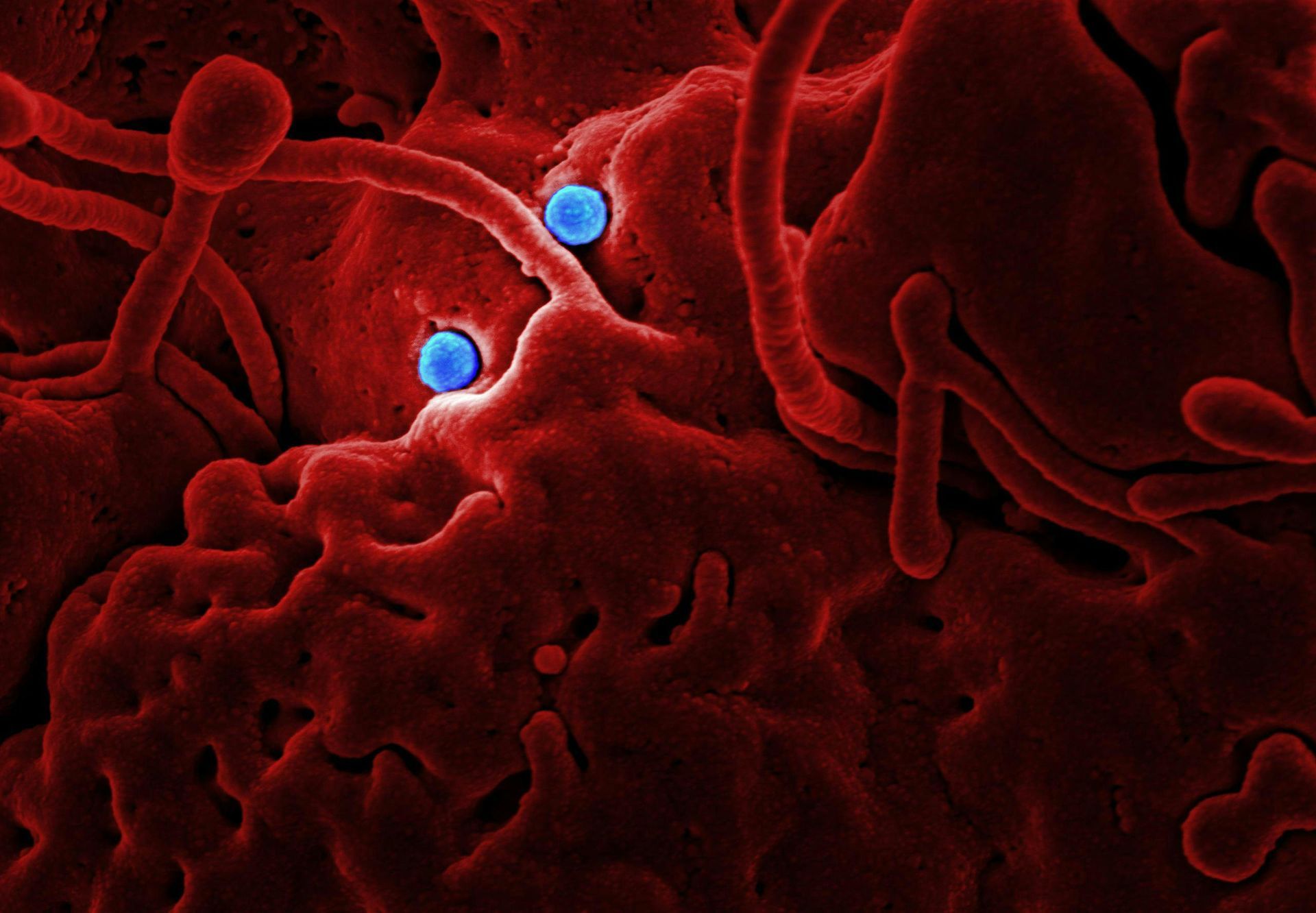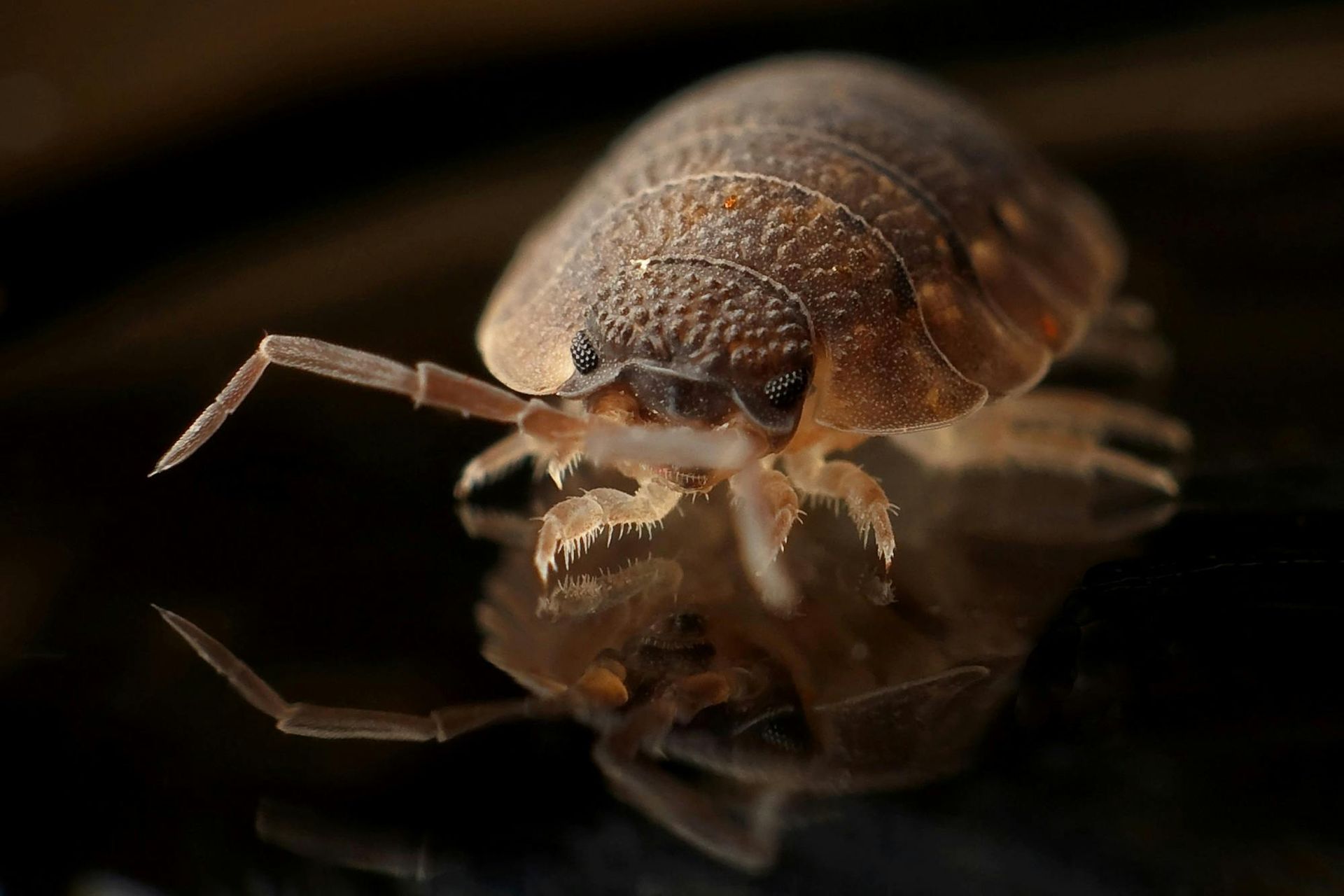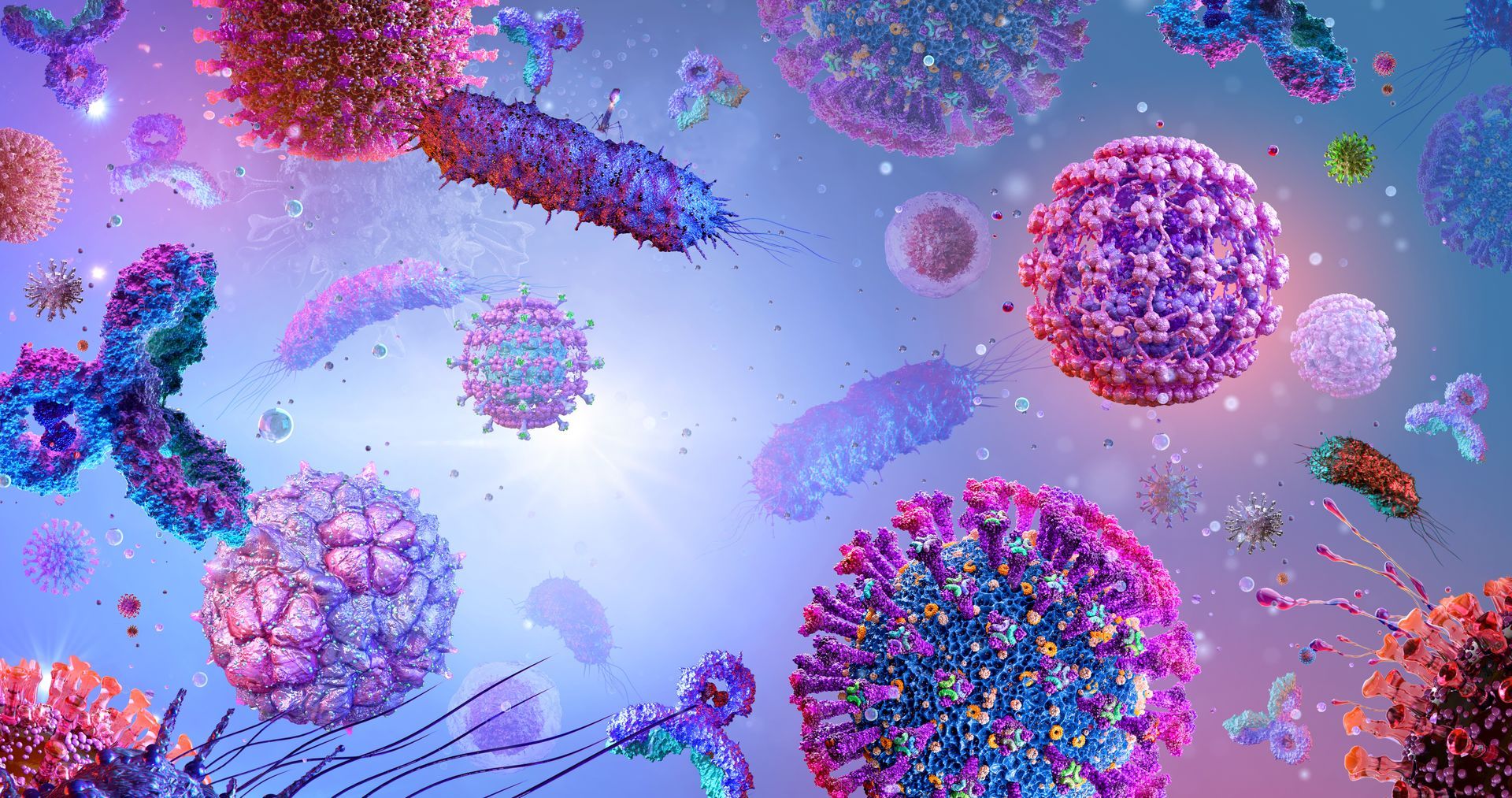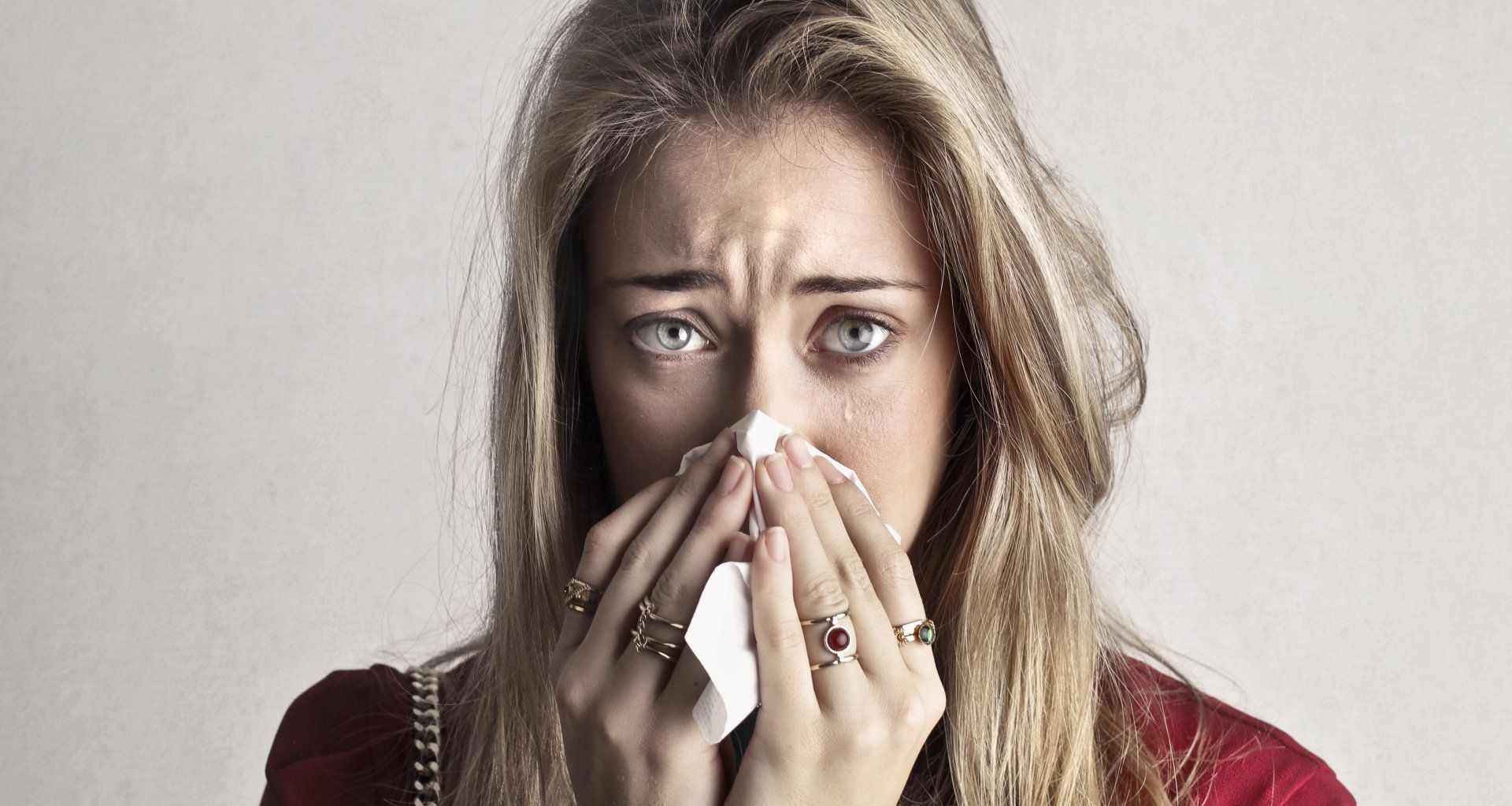Masks, distancing, hand-washing, and the 2021 flu season
Thank you, as usual to New Scientist magazine. In a world where the truth can be in short supply, it provides the truth about every aspect of the covid pandemic. If you want to know what’s really going on out there, read on!
Study review reinforces the importance of masks and handwashing
A team from Monash University in Australia has analysed 72 different scientific studies to find out which are the most effective anti-covid ‘non-pharmaceutical interventions’. And the winners were face coverings, handwashing, and social distancing, which are all highly effective in the fight to prevent covid spreading any faster than it already is. Mask wearing scored the highest, one of the most effective public health measures of all. It cuts covid incidence by an impressive 53%.
Hand washing also slashed covid incidence by 53% but there were so few studies into it that the results weren’t statistically reliable. And physical distancing cuts covid incidence by a handy 25%. In conclusion the team reported further control of the pandemic will require a blend of vaccination and ‘ongoing adherence to effective and sustainable public health measures’ including washing hands, steering clear of people, and wearing a face mask.
How bad will the 2021 flu season be?
The flu vaccine season has kicked off and plenty of us are already being asked to have our third covid ‘booster’ jab along with our flu jab. At the same time, because flu vaccines only work against the specific coronaviruses they’re designed to handle, we’re in an uncertain position right now.
Scientists started making this year’s flu vaccine about nine months ago because growing vaccines in hen’s eggs is such a slow process. The timing is always an issue because the process has to begin before anyone really knows which flu strains will be around in the coming winter, and which will pose the biggest threat. It’s hard to predict, and sometimes the experts get it wrong.
Obviously this year is unique. It’s harder than ever to predict what’s coming, and many experts are worried. While officials in the northern hemisphere usually make a guess by looking at which flu strains are doing their thing in the southern hemisphere, covid means there was almost no flu in the south this year, including nothing to speak of throughout the Australian and New Zealand winter.
There’s more. People’s immunity to flu has dropped during the pandemic, which means the illness could return ‘with a vengeance’ this winter and cause havoc. It’s also possible that current circulating strains may have had less chance to evolve during the pandemic, which is good news – in fact one of the human flu coronaviruses, B/Yamagata, has already gone extinct.
Right now there are fewer cases of flu globally than usual for this time of year. Let’s hope it stays that way.
AI predicts which wild animals pose the biggest covid threat
When coronaviruses hop between species, terrible things can happen. So it’s wise to have a handle on which mammals might be at the most risk of spreading covid even further . An innovative new AI algorithm uses mammals’ locations and lifestyle data to crunch the numbers, and it has come up with an at-risk list that mirrors the results found in lab experiments. Apparently mink, Sunda pangolins and bats are some of the most at-risk, the most likely to spread covid.
Kill coronaviruses – including flu – with our UVC robots
Flu is a coronavirus. Our robots kill coronaviruses, and that includes the coronaviruses that give us flu. Our machines also kill a host more horribles, including Ebola, SARS, MERS and various hospital acquired infections. And that means
we’re the future of air and surface disinfection. There’s no better way to keep the air, surfaces, and therefore people safe at your premises, and it takes no time to disinfect a space. If that sounds like a sensible business-supporting idea, let’s discuss the potential.










